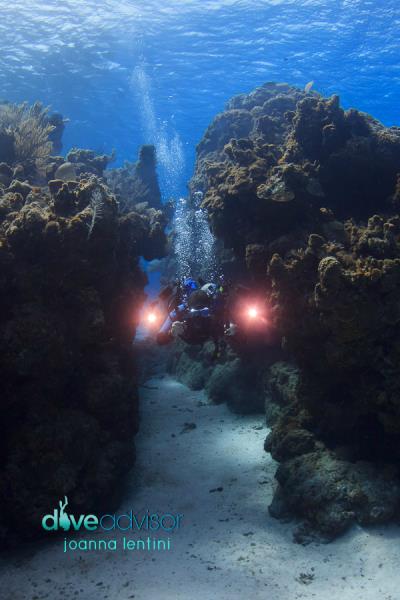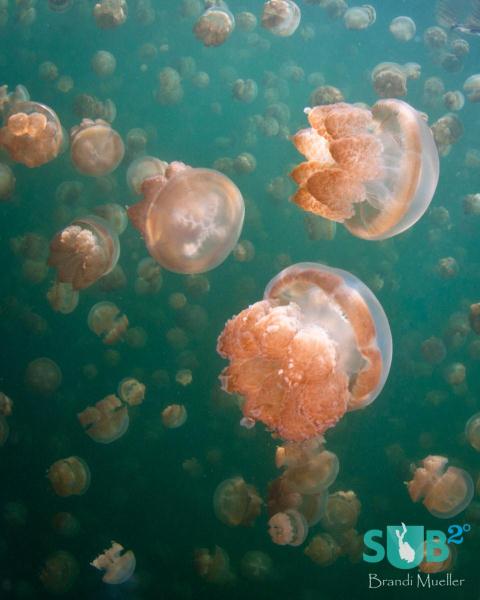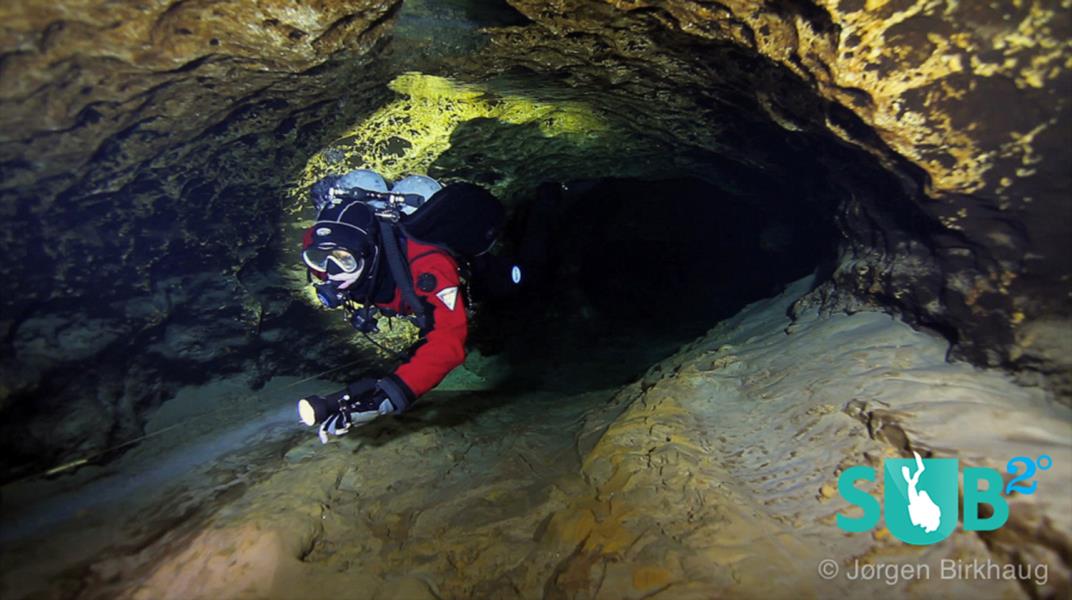
Published
Nov. 14,
2013
Fins 101
Using fins to help us move faster and easier through the water is not a new idea. By adding fins we are adding extra surface area to help push us through the water. Our legs are then able to provide most of the work that lets us move more streamlined and efficiently through the water without creating drag from using our arms.
The development of fins goes back in time, all the way from ancient China to Leonardo da Vinci, and from the French Navy in the early 1900s to Benjamin Franklin strapping oval pieces of wood to his feet to swim in Massachusetts. These days, fin technology is a science - and maybe also an art with all the pretty colors, shapes and designs. Fin engineers have shaped fins to mimic the fins of different species such as whale tails, and have added splits and open chambers to allow water to pass through without causing the diver to work as hard. Angles have been added and different materials have been used. So the real question now is, "How do I choose which fins are best for me?"
Open Heel vs. Full Foot
One major difference between fins is whether they have a foot pocket that the foot fits directly into or an open heel with a strap that goes around the ankle. Full foot fins don’t require boots (although wet suit booties/neoprene socks can be worn). These fins are often lightweight and provide less power, making them ideal for snorkeling or diving in calm water conditions. Full foot fins usually come in several sizes corresponding to shoe sizes, and it’s important to find a comfortable fit that isn’t too tight or too loose to prevent rubbing and blisters.
Divers usually prefer open heeled fins because they provide the most power in the most conditions. They are usually thicker and sturdier, providing more power for divers who need to move themselves and all their gear through the water. The extra power they can provide is important in the event of something like a current or swimming a longer distance.
Shore diving usually requires open heel fins because they have the larger foot pocket for boots that will protect your feet while entering and exiting the water, and while carrying heavy gear. They are also better for cold water diving, where the warmth of the boots is required.
The straps that wrap around the ankle are usually adjustable and have quick release buttons to remove them. Normally open heel fins come in only a few sizes such as small, medium, large, and extra-large, based on the size of the foot pocket. To find the right size, they must be tried on with boots, because boots can have different thicknesses and therefore require a different-sized fin depending on the boot.
Shape, Size, and Materials
Fin shape can alter the efficiency in which a diver moves through the water and the amount of energy a diver must exert to move the fins. Traditional fins move the water up and down creating thrust; the more surface area, the more power can come from the fins. Some fins have holes in the blade; these vents and channels have been incorporated into fins to help move water through the fins and reduce stress while kicking, but without losing the power from the kick.
Each brand has its own design for the best performance. Some fins have been shaped after marine animal’s fins such as Scuba Pro’s Sea Wing Novas, which are modelled after a whale's tail. Aqualung’s Slingshot fins have silicone “power bands” in the fin blade that help load energy like a rubber band on the up-kick and release on the down-kick to provide extra power.
The larger the fin blade, the possible the power. Free divers often use fins that are very long (2-3ft long blades) because they are trying to swim as far and as fast as possible, and the long fins give them the most power. Scuba divers usually don’t use free diving fins because most diving involves moving slowly through the water and free diving fins can also damage the reefs if used improperly because they are so long.
Fins are made out of several different materials to be durable and flexible including neoprene rubber, silicone, plastic, and combinations of several materials. Fins should be flexible and ridged enough to get power from each kick. Often the foot pockets are made out of a softer material such as neoprene rubber and the blades from plastic to be comfortable and powerful at the same time.
Fins also come in a wide array of colors. Choosing a color can be a personal preference or a way to make you more visible. Bright yellow fins are more noticeable than black, and some dive guides like to wear bright fins or creative combinations of multiple colors fins (red on the right, blue on the left) to help differentiate themselves underwater.
Stay tuned for part 2, which provides more detail into choosing the right fins…
Featured Posts
-

Zip Diving in little cayman
Have you ever wished for a little extra boost underwater? Perhaps you are exhausted and your legs need a break or maybe you would like to further propel your fin kicks to keep pace with some elusive marine life. There are ma...
-

Jellyfish Lake in Palau
Snorkel with millions of non-stinging jellyfish in Palau's Jellyfish Lake.
-

Cave Diving in Florida
Florida is one of the world’s premier destinations for cave diving and Devil’s Eye cave system should be on any cave divers list of places to dive when visiting the region.


Load more comments